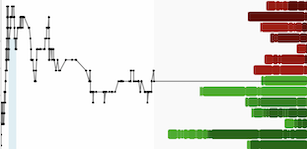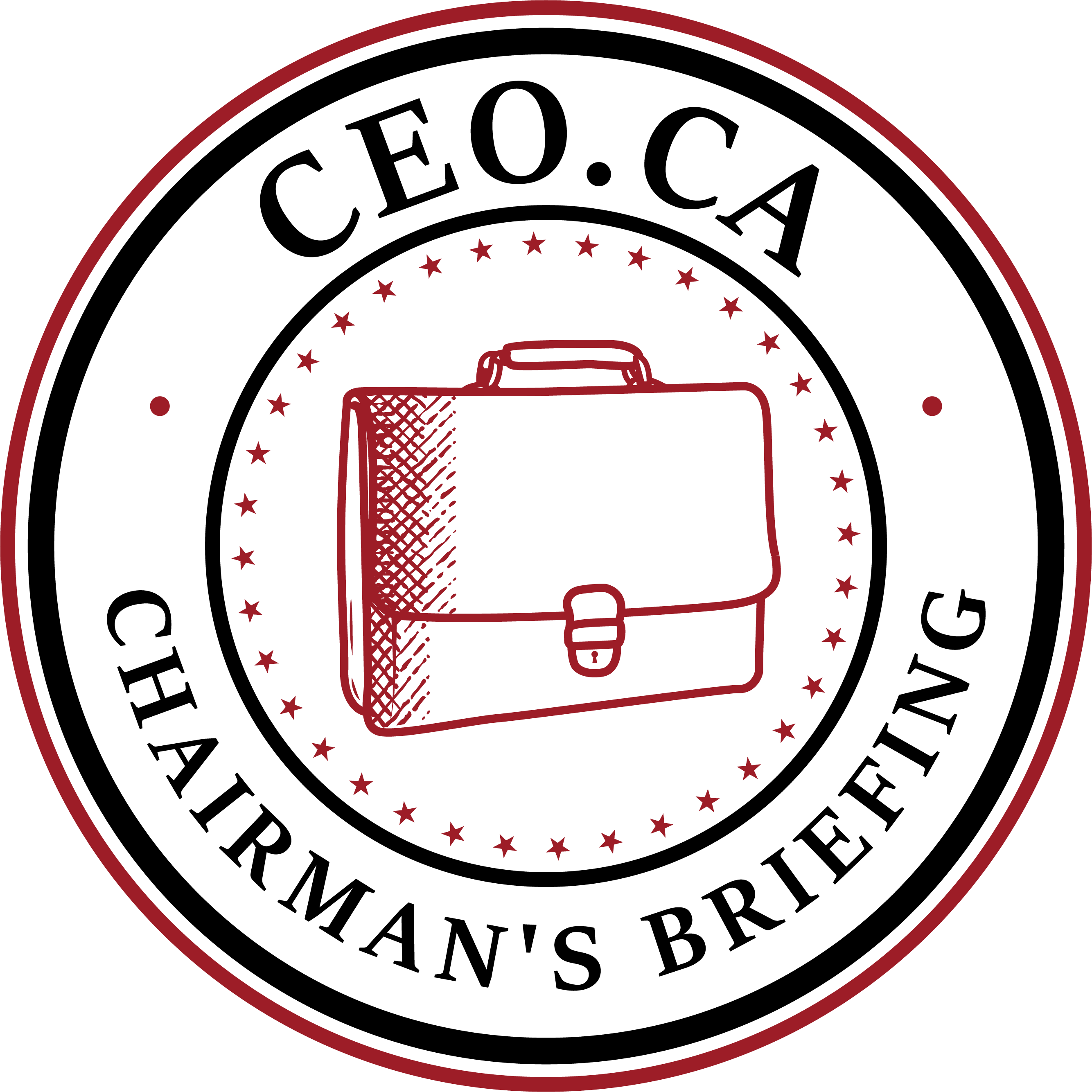- This provisional patent builds on HPQ’s existing PUREVAPTM QRR patent and a pending continuous SiOx manufacturing process patent.
- The provisional patent application covers apparatus and methods required for continuous or semi-continuous production of GEN3 and beyond engineered silicon-based material suitable for Li-ion battery anodes.
- HPQ is assembling a patent portfolio focused on technological building blocks necessary for vertically integrated, low-carbon, low-cost, and high-throughput high-performance silicon-based anode materials manufacturing processes.
MONTREAL, Oct. 22, 2024 (GLOBE NEWSWIRE) -- HPQ Silicon Inc. (“HPQ” or the “Company”) (TSX-V: HPQ, OTCQB: HPQFF, FRA: O08), a technology company specializing in the green engineering of silica and silicon-based materials is pleased to inform shareholders of a patent filing related to its Silicon-based anode material initiatives.
HPQ filed a provisional patent application in France, expanding its pending patent for the continuous SiOx manufacturing process. The patent outlines the critical technologies and processes required for the continuous or semi-continuous production of high-performance silicon-based materials.
Patent Expands HPQ Portfolio of Silicon for Battery-Based Proprietary Technologies
As previously disclosed—HPQ’s France-based affiliate, NOVACIUM SAS ("Novacium"), has demonstrated a unique capability to produce silicon-based anode materials that can:
- Deliver over 4,000 milliampere-hours (mAh) in 18650 lithium-ion batteries under maximum discharge conditions [1],
- Retain 3,608 mAh, or 93% of its capacity, after 300 cycles under a rigorous testing protocol [2], and
- Be seamlessly integrated into existing manufacturing processes without costly retooling or overhauls.
As part of its strategy to manufacture and commercialize engineered silicon-based materials that can deliver these results at scale, HPQ filed the patent application to expand its downstream capabilities beyond the existing patented continuous SiOx manufacturing process. This application covers the apparatus and methods necessary for the continuous or semi-continuous high-throughput production of GEN3 and beyond engineered silicon-based materials suitable for Li-ion battery anodes.
"While Silicon (Si) is abundant and cost-effective, offering immense promise for advancing energy storage technology, particularly in batteries, integrating silicon into battery systems still presents technical and economic challenges,” said Bernard Tourillon, President and CEO of HPQ Silicon Inc. “The high-performance, engineered silicon-based materials covered by this patent can overcome many of these hurdles, making it possible to unlock the full potential of silicon and turn it into a viable solution for next-generation energy storage across various industries."
Making High-Performance Engineered Silicon-Based Batteries Materials, A Multi-Step Process
Step 1: Converting Quartz (SiO₂) into Metallurgical Grade Silicon (MG Si)
This step involves using a carbothermic process to transform Quartz (SiO₂) into Metallurgical Grade Silicon (1N to 2N Si, or MG Si), followed by refining MG Si into Upgraded Metallurgical Grade Silicon (3N to 4N Si, or UMG Si).
Current industrial processes for silicon production are capital-intensive, with minimum output increments of 30,000 to 50,000 tonnes per year (TPY) [3] and come with high variable costs [4]. Producing 1 tonne of MG Si requires 6 tonnes of feedstock and approximately 12,000 kWh of energy. Refining MG Si to UMG Si involves extra purification steps, which further increase variable costs and contribute to the high CO2 footprint.
HPQ’s patented PUREVAP™ Quartz Reduction Reactor (QRR) offers an enclosed carbothermic process with a zero CO2 footprint [5]. It is scalable by increments as low as 1,000 TPY and can convert Quartz directly into Upgraded Metallurgical Grade Silicon in a single step, using 25% less feedstock.
Currently, MG Si sells for between US$2 and US$3 per kg, while UMG Si sells for between US$4 and US$6 per kg [6].
Step 2: Manufacturing SiOx, the Key Feedstock
SiOx is manufactured via the sublimation of quartz (SiO₂) and Upgraded Metallurgical Grade Silicon (UMG Si) in reactors. Current industrial processes for SiOx production are batch-based, limiting productivity, increasing costs, and leading to higher energy consumption.
HPQ’s patented process addresses these limitations by transitioning to continuous SiOx production. This process increases productivity threefold, reduces energy consumption by 20%, and lowers costs by 25-30%. Additionally, it produces higher-quality silicon-based materials with greater homogeneity and less contamination, making them better suited for the battery market with a low carbon footprint [5].
Another key advantage is that this process can be seamlessly integrated into HPQ’s QRR without requiring significant changes to reactor design, minimizing technological development risks.
Depending on purity and quality, SiOx currently sells for between US$10 and US$20 per kg [6].
Step 3: Encapsulating SiOx in Carbon
Current industrial processes for encapsulating SiOx in carbon are batch-based, which limits productivity, increases costs, and results in higher energy consumption. HPQ’s new process aims to transition to continuous or semi-continuous, high-throughput SiOx production with carbon encapsulation, increasing productivity, reducing energy consumption, and lowering manufacturing costs.
Depending on purity, quality, and performance, carbon-encapsulated SiOx currently sells for between US$25 and US$50 per kg [6].
Step 4: Upgrading material to highly engineered silicon-based anode materials
Upgrading the material produced in step 3 into highly engineered silicon-based anode materials further enhances battery performance, providing greater energy density and overall efficiency for next-generation energy storage solutions. HPQ’s new process aims to transition to a continuous or semi-continuous transformation of the materials produced in step 3 into highly engineered silicon-based anode materials. This approach will increase productivity, reduce energy consumption, and lower manufacturing costs.
Today, highly engineered silicon-based anode materials are priced between US$60 and US$100 per kilogram [5] depending on quality and performance.
“This new patent application, along with the validated potential of our material, further strengthens our unique value proposition in the silicon-based anode materials market," added Mr. Tourillon. "What truly sets us apart from other players in the field is that our primary feedstock is low-cost metallurgical silicon metal, rather than the much more expensive and volatile monosilane gas(SiH4) [7] which also requires a costly Chemical Vapor Deposition (CVD) process to produce battery-grade silicon materials.”
Silicon-Based Materials Market to Grow in tandem with Increasing Lithium Battery Demand.
Approximately 95% of the anode material in today's Li-ion batteries is graphite [8]. HPQ’s silicon-based material, capable of seamlessly integrating into existing manufacturing processes and replacing more than 10% of that graphite without costly retooling or overhauls, should positions us to capture a significant portion of the addressable market, ranging from 10% to 15% of the total graphite market, both now and in the future.
The global graphite market by volume, as estimated by Benchmark Minerals Intelligence (BMI), is projected to grow from approximately 700,000 tonnes in 2021 to 4.5 million tonnes by 2030 [9]. This growth translates into an addressable market of 450,000 to 675,000 tonnes for our material by 2030, valued between US$22.5 Billion and US$33.8 Billion [10].
“HPQ’s strategy will focus first on producing silicon-based materials for the 3C markets (Computer, Consumer, and Communication), as this US$ 12 Billion market now, projected to grow to US$ 38.3 Billion in 2030 [11] is perfectly suited for the materials we’ve already validated at this stage of our development,” added Mr. Tourillon. “Our market focus will also expand to energy storage and electric vehicles overtime.”
REFERENCE SOURCES
| [1] | Link to HPQ press release of July 30th 2024. |
| [2] | Link to HPQ press release of October 8, 2024. |
| [3] | Management estimates based on the size of the last new silicon metal plants built outside of China, Mississippi Silicon and the latest silicon metal production plant in Iceland. |
| [4] | Management estimates based on a review of Ferroglobe Investors Deck since 2014. |
| [5] | Link to HPQ press release of June 27, 2023. |
| [6] | Management estimates based on confidential price quotes received for materials by HPQ affiliated company. |
| [7] | Silane gas presents several significant hazards that make it particularly dangerous. It is highly flammable and pyrophoric, meaning it can ignite spontaneously upon exposure to air. In addition, when silane is inhaled, it can transform into silicic acid within the body, leading to tissue irritation and other health problems. And the production of silane gas involves the use of extremely hazardous materials, including chemicals that are toxic, corrosive, and environmentally damaging. (Source: Solar Industry Magazine) |
| [8] | Link to source for Graphite in batteries |
| [9] | Link to source for Benchmark Minerals Intelligence (“BMI”) estimates. |
| [10] | The US $ 22.5 Billions is taken by multiplying 450,000 t by US$ 50 per Kg, while the US$ 33.8 Billions is taken by multiplying 600,000 t by US$ 50 per Kg. |
| [11] | Link to source for 3C market date. |
About HPQ
HPQ Silicon Inc. (TSX-V: HPQ) is a Quebec-based TSX Venture Exchange Tier 1 Industrial Issuer.
HPQ is developing, with the support of world-class technology partners PyroGenesis Canada Inc. and NOVACIUM SAS, new green processes crucial to make the critical materials needed to reach net zero emissions.
HPQ activities are centred around the following four (4) pillars:
| 1) | Becoming a green low-cost (Capex and Opex) manufacturer of Fumed Silica using the FUMED SILICA REACTOR, a proprietary technology owned by HPQ Silica Polvere Inc being developed for HSPI by PyroGenesis. | |
| 2) | Becoming a producer of silicon-based anode materials for battery applications with the assistance of NOVACIUM SAS. | |
| 3) | HPQ SILICON affiliate NOVACIUM SAS is developing a low carbon, chemical base on demand and high-pressure autonomous hydrogen production system. | |
| 4) | Becoming a zero CO2 low-cost (Capex and Opex) producer of High Purity Silicon (2N+ to 4N) using our PUREVAPTM “Quartz Reduction Reactors” (QRR), a proprietary technology owned by HPQ being developed for HPQ by PyroGenesis. |
For more information, please visit HPQ Silicon web site.
Disclaimers:
This press release contains certain forward-looking statements, including, without limitation, statements containing the words "may", "plan", "will", "estimate", "continue", "anticipate", "intend", "expect", "in the process" and other similar expressions which constitute "forward-looking information" within the meaning of applicable securities laws. Forward-looking statements reflect the Company's current expectation and assumptions and are subject to a number of risks and uncertainties that could cause actual results to differ materially from those anticipated. These forward-looking statements involve risks and uncertainties including, but not limited to, our expectations regarding the acceptance of our products by the market, our strategy to develop new products and enhance the capabilities of existing products, our strategy with respect to research and development, the impact of competitive products and pricing, new product development, and uncertainties related to the regulatory approval process. Such statements reflect the current views of the Company with respect to future events and are subject to certain risks and uncertainties and other risks detailed from time-to-time in the Company's ongoing filings with the security’s regulatory authorities, which filings can be found at www.sedar.com. Actual results, events, and performance may differ materially. Readers are cautioned not to place undue reliance on these forward-looking statements. The Company undertakes no obligation to publicly update or revise any forward-looking statements either as a result of new information, future events or otherwise, except as required by applicable securities laws.
Neither the TSX Venture Exchange nor its Regulation Services Provider (as that term is defined in the policies of the TSX Venture Exchange) accepts responsibility for the adequacy or accuracy of this release.
This News Release is available on the company's CEO Verified Discussion Forum, a moderated social media platform that enables civilized discussion and Q&A between Management and Shareholders.
Source: HPQ Silicon Inc.
For further information contact:
Bernard J. Tourillon, Chairman, President, and CEO Tel +1 (514) 846-3271
Patrick Levasseur, Director Tel: +1 (514) 262-9239
Email: Info@hpqsilicon.com








